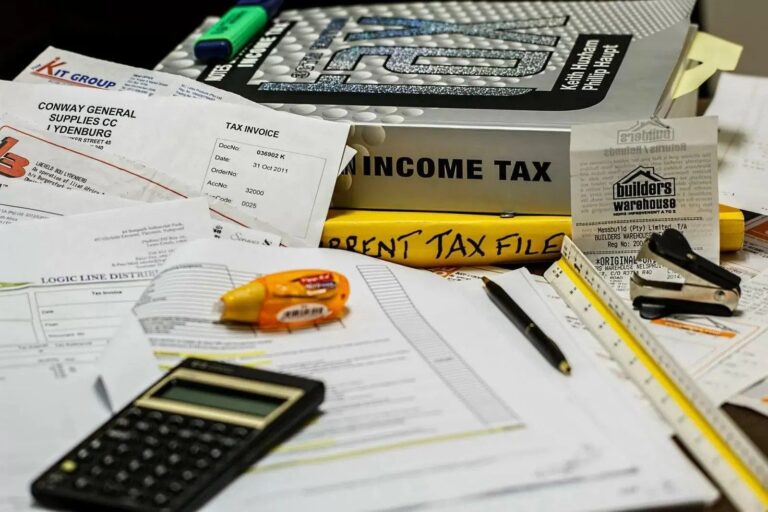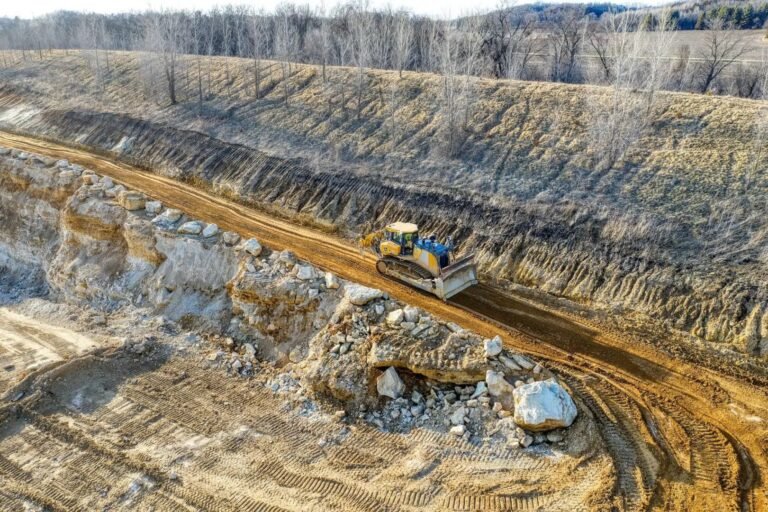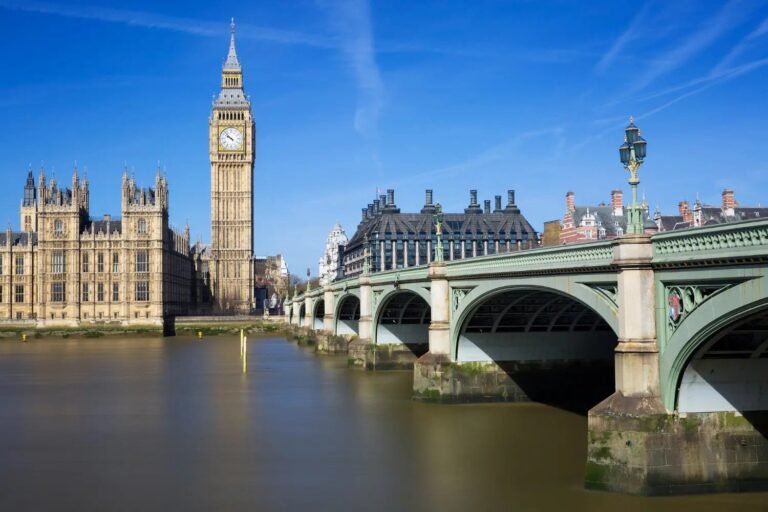In the United Kingdom, contaminated land that is cleaned up and redeveloped qualifies for a tax relief called Land Remediation Relief (LRR). This relief allows companies to deduct the cost of cleaning up polluted land or buildings from their taxable income. The initiative supports cleaning up polluted neighbourhoods to boost the economy and standard of living there.
With LRR, businesses can recoup a portion of the money they spent on environmental clean-up of contaminated land. Companies subjected to corporation tax are eligible for the refund. How much you can get back depends on where the money went.
Qualifying Expenditure
Qualifying expenditure for Land Remediation Relief (LRR) in the UK generally includes costs related to the removal or treatment of contaminants on land or buildings.
Qualifying Land Remediation Expenditure includes both revenue expenditure and also any capital expenditure where the company has made an election to treat it as a deduction in arriving at the profits.
The following are some examples of qualifying expenditure:
1. Direct Cost of Remediation
All costs that arise from actually cleaning up polluted land fall under this heading. It includes things like digging up the ground and getting rid of any harmful substances in the soil, water, or buildings. Remediation system or technology installation is another example of a direct cost.
2. Indirect Cost of Remediation
Some of these indirect costs may be counted towards the allotted budget. Permissions and permits, such as planning permission, environmental impact assessments, and monitoring requirements, may be required for the remediation work and may incur costs.
Site assessment and investigation expenses, such as those incurred for surveys and testing to ascertain the level and type of contamination, may also be eligible for reimbursement.
To know more about reimbursement eligibility please visit our article, Land Remediation Relief (LRR).
3. Professional Fees
Professional service fees incurred that are directly related to the land remediation project are deductible. Payments to architects, engineers, environmental consultants, and other experts who play a role in the remediation process’s planning, management, and oversight. These experts are essential to the smooth and secure completion of the remediation process.
4. Operational and maintenance costs
LRR can also be used to pay for the ongoing operation and maintenance of contamination treatment and containment systems and technologies. Costs associated with maintaining the efficacy of remediation efforts, such as routine testing of soil and groundwater.
5. Waste disposal costs
Qualifying expenditures may include those made for the safe disposal of waste produced during the remediation process. All expenses incurred to ensure the safe and environmentally responsible handling of contaminated materials and waste products, such as their removal, transportation, treatment, and containment.
6. Subcontractor cost

If criteria are met, costs incurred by subcontractors may be eligible for Land Remediation Relief (LRR). Payments made to subcontractors for work on a land remediation project may be eligible for LRR.
In order for expenses incurred for subcontractors to be considered:
- Land remediation expenses must be incurred by the subcontractor. Remediation work, such as removing or treating contaminants, site preparation, excavation, and so on, should be handled by subcontractors.
- Subcontractor costs must meet HMRC’s LRR criteria in order to be deductible. The price tag for remediating polluted areas or fixing contaminated structures is included.
- Subcontractor and LRR claimant must have a valid contract in place. The terms of payment, scope of work, and other items should all be laid out in a written subcontractor agreement.
The costs of any subcontractors used in the land remediation process must be documented. Documentation such as contracts and invoices between the subcontractor and the remediation project are included.
If the company and the subcontractor are related, a payment for subcontracted land remediation is only a qualifying expense if certain conditions are met.
- The principal must have paid the subcontractor.
- The subcontractor must record the payment in its profit and loss account.
- The whole payment must be considered when figuring out the subcontractor’s profit or loss for an accounting period that ends no more than 12 months after the accounting period of the contracting company in which the payment is an allowable deduction.
Due to this, the company and the subcontractor must come to a fair and reasonable agreement on how to divide the costs.
7. Employee Cost
If the role of an employee is exclusively and directly related to the activities of land remediation, then the employee’s salary and any other costs associated with the role could be considered qualifying expenditures. This could apply to remediation experts or technicians whose sole focus is on the clean-up project.
Where an employee spends only part of his time in dealing with land remediation, his remuneration qualifies for the deduction in accordance with the following table:
| Proportion of time spent dealing with Land Remediation | Proportion of remuneration qualifying for deduction |
|---|---|
| 20% or less | Nil |
| Between 20% and 80% | The appropriate proportion |
| 80% or more | 100% |
Land Remediation Relief(LRR) Calculator
Calculate your potential savings with our Land Remediation Relief Calculator
8. Subsidies Expenditure
No exemption applies to costs that are already reimbursed by a grant or subsidy. If the grant or subsidy only covers a portion of the expense, the remaining amount may still be eligible for relief so long as the other requirements are met.
For Example,
A Ltd buys contaminated land from C Ltd as a fixed capital asset for its business at a price of £1 million that was agreed upon. The agreement also says that C Ltd will pay up to £100,000 of A Ltd.’s costs to clean up the land. A Ltd pays an unrelated subcontractor £150,000 to fix up the land.
A Ltd. has spent £50,000 on qualifying land remediation. C Ltd. helps pay for the extra £100,000. A Ltd can choose to count £50,000 as a deduction that can be used to figure out its trading profit (or loss). A Ltd can also add an extra £25,000 of Land Remediation Relief to its trading profit (or loss) if it wants to.
Land Remediation Relief: Capital Expenditure

If a company is in the business of selling goods or renting out real estate, they have the option of choosing to have their capital expenditures on qualified land remediation count as a deduction against their taxable profits.
When calculating taxes, the deduction should be applied to the accounting period that corresponds to the year in which the capital expenditure was made.
The following are the relevant conditions for relief:
- The company acquired land in the United Kingdom for the purposes of its trade or property business.
- At the time the company acquired the land, all or part of the land was in a contaminated or derelict state, and
- The company incurred capital expenditure on qualifying land remediation in relation to the land.
1. Election for Capital Expenditure
In order to claim an expense on your taxes, you can choose to:
- Indicate the fiscal year for which it is intended.
- Must be submitted to a Revenue & Customs officer in writing.
- Must be submitted within two years of the close of the accounting period to which it relates.
2. Pre Commencement capital expenditure
When a company spends capital on qualifying land remediation before it starts its trade or real estate business, the expense is considered to have been made:
- on the first day on which the trade or property business commenced, and
- in the course of carrying on that trade or property business.
Conclusion
The Land Remediation Relief (LRR) programme in the United Kingdom covers the of cleanup of a large number of polluted land. The removal of contaminants, as well as the preparation of the site, is also eligible for LRR.
Costs such as permits, planning permissions, site investigation, and monitoring are examples of indirect costs for which LRR can be claimed besides the deduct from the cost of cleaning any fees paid to architectural, engineering, environmental, or any other expert consultants. The costs of operating the remediation system and disposing of waste may also be eligible.
Don’t miss out on the potential benefits of LRTR. Let us help you turn a daunting task into a rewarding opportunity.
We are dedicated to solve your queries.
Contact us for assistance at any stage of your journey.









